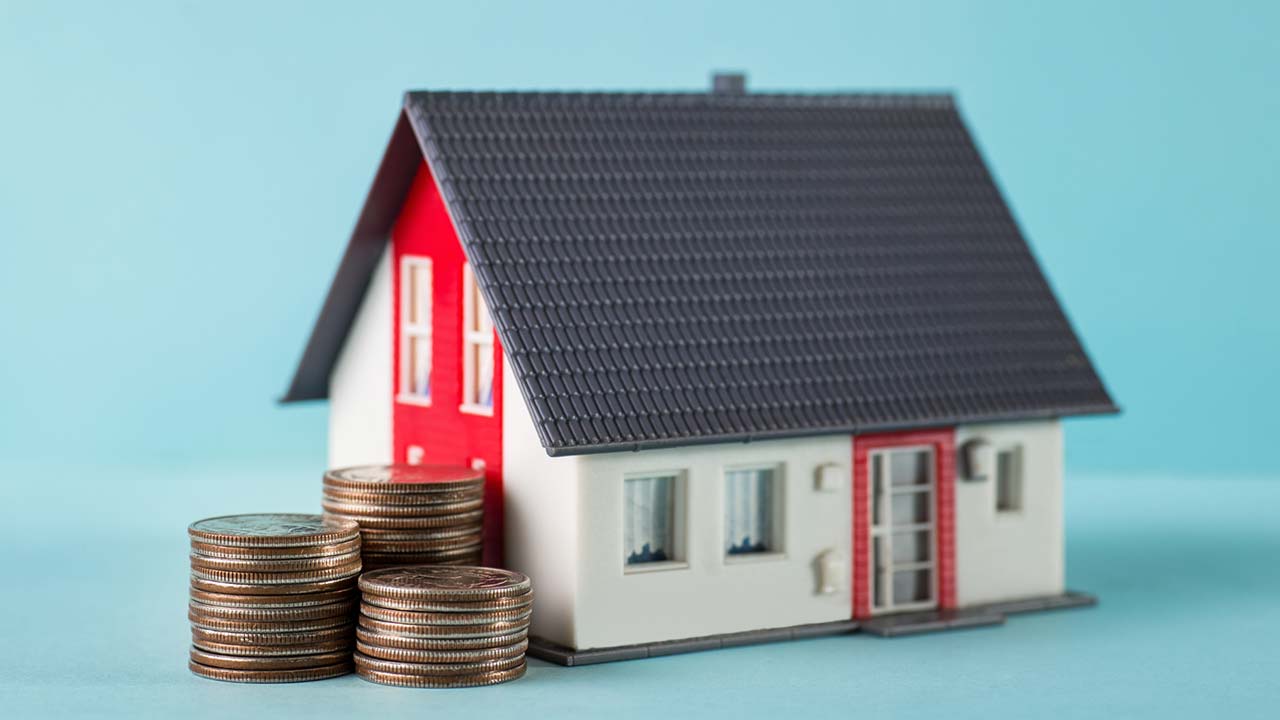Most Australians dream of having their own property someday, and for good reason. It’s one of the best investments that you can make, and doing so now in 2021 can be incredibly lucrative.
In addition to interest rates being at a record low, the Australian economy is also looking as though it’s finally recovering from the recession caused by the COVID-19 pandemic last year. Government incentives have also made it easier than ever for eligible recipients to buy property.
Furthermore, the potential for capital growth is also incredibly high, especially if you choose a property in a prime location where values tend to increase over time. Finally, investing in property is simply the best way to keep your money secure. There will always be a demand for real estate, and it usually offers consistent returns.
However, freeing up the funds to purchase property in the first place can be a challenge. That’s why most people are now looking towards superannuation as a stepping stone towards building a real estate portfolio. Can you use your super to invest in property, though? Below, we answer this question and explore the possibilities. Then, you can work with a real estate agent to determine whether or not doing so is the right decision for you.
What Is Superannuation?
Superannuation refers to money paid into a fund by an individual’s employer throughout their working life. The purpose of this fund is to financially support the individual when they retire from working. The money that is put into your super comes from a percentage deducted from your salary every payout.
Can I Use My Super to Invest in Property?
The short answer to this question is no, you cannot directly purchase investment property via your super.
The long answer is slightly more complex. You cannot use a regulated superannuation fund, such as an industry or a retail super fund, to buy property. You can, however, do so with a self-managed super fund, or SMSF.
What Is a Self-managed Super Fund (SMSF)?
A self-managed super fund is exactly what it sounds like: it is a private superannuation fund that you manage yourself. You may have also heard it being referred to as a DIY super fund. Over 1.1 million Australians are members of self-managed super funds, and many of them cite having better control over their retirement finances as one of the top reasons why they have chosen it over other types of super funds.
To set up an SMSF, you must create a trust—a legal tax structure—with either corporate or individual trustees. You can have up to four trustees or members, and they can be members of your family or friends. The trustees, including yourself, are responsible for managing the assets of the SMSF and making sure that the fund is always compliant with any legislation related to superannuation and taxation. You and your trustees will be responsible for any annual audits, reporting, and fulfilling any tax obligations with the Australian Tax Office.
How Do I Use My SMSF to Buy Property?
Before you purchase any residential property with your SMSF, you must be aware of a few important rules.
Firstly, you cannot live in or rent any property that has been purchased through your SMSF. Neither can your trustees, nor anyone related to your trustees, no matter how distantly. Secondly, the property cannot be acquired from a related party of a trustee/member. Lastly, the property’s sole purpose can only be to provide retirement benefits to the SMSF’s trustees. This is called passing the “sole purpose test.”
You may purchase commercial property with your SMSF and lease it out to a trustee for their business. However, the rent paid should be equivalent to the market rate—no discounts are allowed. Additionally, the rent must be paid promptly and in full whenever it is due.
Because the process of buying a property with an SMSF can be remarkably complex, it’s best to consult a professional before making any decisions. To get started, you’ll need a minimum balance of $120,000 in the SMSF to purchase a property. An annual contribution of at least $15,000 is also required. If you need to borrow money from a financial institution to purchase the property, it will be done through a limited recourse borrowing arrangement or LRBA. The conditions for these types of loans stipulate that the lender can only repossess the property if the loan is unpaid and no other assets of the SMSF can be used to support the transaction’s security.
There are clear advantages to purchasing a property using SMSFs, but it’s best to consult an expert before doing so. Not only can they help you navigate some of the more complex aspects of the process, but they can also show you how to maximise your returns.
Looking to use your self-managed super funds for property investments? Then get in touch with Gerard Partners today.

